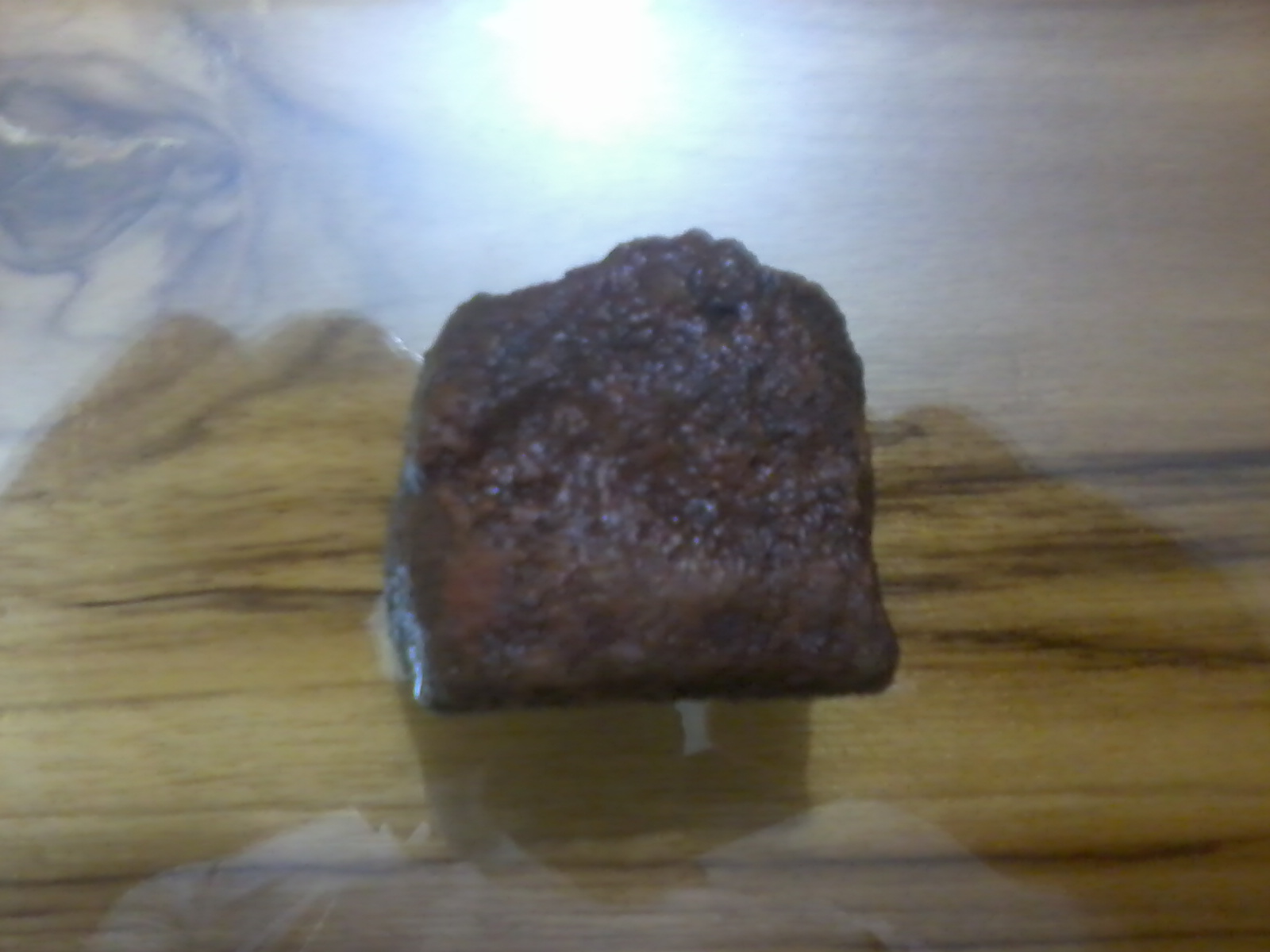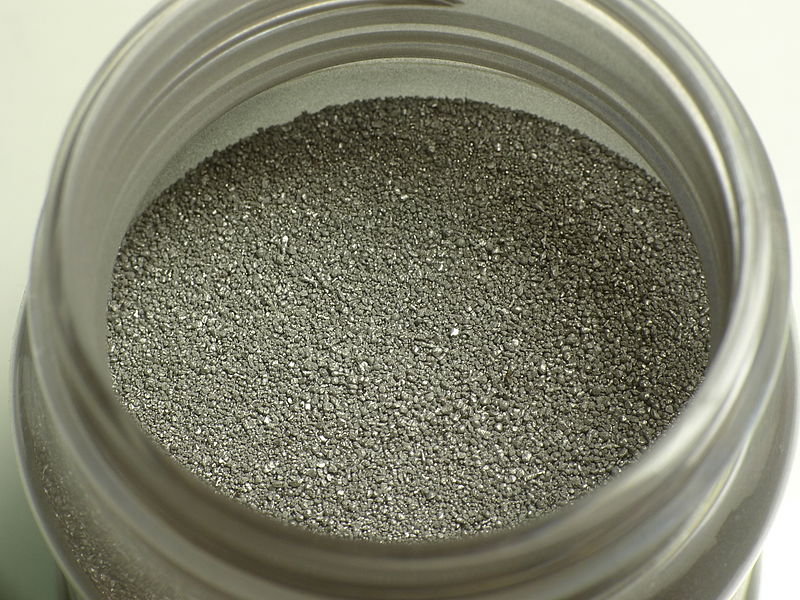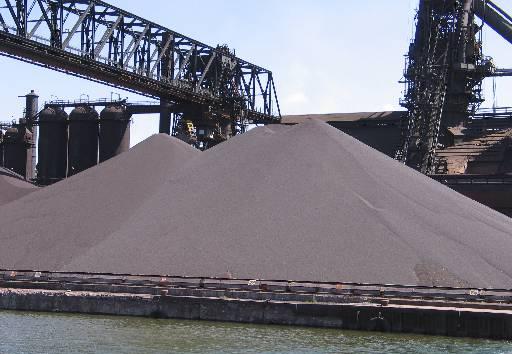Iron (Fe) is the most widely used, distributed & abundant metal after aluminium. The earth's crust consists of 4.6% of iron metal. Iron is found in pure and compound form.
The pure iron is found only from the samples of meteorites. The iron compounds are found in rocks and soil as iron bearing minerals. Iron minerals are found as oxides, carbonates,
sulphides and silicates. The mineral of iron which contains more than 40% of iron is termed as iron ore. The iron ore is used for extraction of iron in the blast furnace.
Other minerals of iron are Siderite, Pyrrhotite, Franklinite, Chamosite, Thuringite, Greenalite and Glauconite.
Iron Ore Occurrence
Iron ores occur in varieties of deposits. But large scale deposits of iron ores are found in
precambrian sedimentary rocks in the form of Banded Hematite Zasper (BHZ) and
Banded Hematite Quartzite (BHQ).Residual Limonite deposits are found in Lateritic rocks
as caprocks over Granitic rock masses. Magnetite deposits are found along intrusive igneous rocks in close proximity of chromite and nickel ore deposits.
The pyrite deposits are found near copper ore deposits and sulphur deposits. Cap rocks of pyrite are found near sulphur springs. The important iron ore deposits are
distributed in the countries like Brazil, Australia, Canada, U.S.A, India, South Africa, Russia, China, Luxemburg, Kazakhstan, Azerbaijan, Mongolia, Turkey, Bolivia and Romania.
History of Iron Making
Evidence of use of iron dates back as 6000 b.c. The epics of India and stories of Egypt& Greece mention about the use of iron like materials in the making of sword, spear, arrow &
implements. The Rig Veda of Hindus (Aryans) has made several references to iron. In the primitive days, the iron ore was heated in contact with charcoal and followed by hammering
and quenching. In the process a metallic substance was produced having superior strength to stone, wood, copper and bronze. This metal became popular as iron. The making of iron
flourished rapidly and spread to all the civilizations in the world. The ancient forts, prayer houses, temples, buildings and tombs indicated the use of iron as hook, nail, chain
and pillar. The Qutab-Minar of Delhi (India) is an example of quality iron alloy made during Qutabsahi dynasty. A number of pillars and wheels are found in the temples of Orissa,
Tamil Nadu and Andhra Pradesh of India which were made between 4th century & 12th century a.d.






